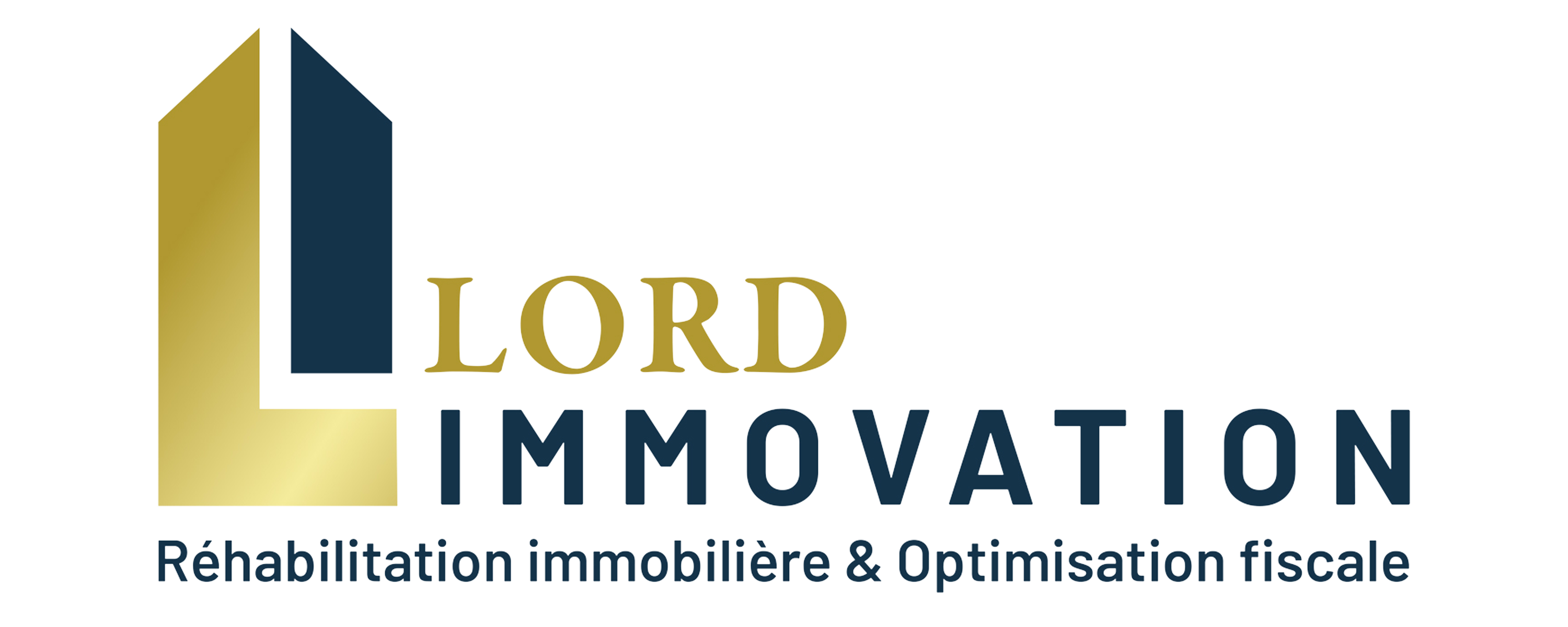What Are Workflow Management Rules?
Workflow management rules are a set of rules and procedures that govern the completion of a workflow. They specify the steps that should be performed and when, allowing the process to site follow the most efficient route to the end. When a business automates its most routine and predictable tasks using an organized workflow this lets employees focus on strategic goals.
Workflows can be created in various formats to suit the needs of any particular project. For instance an orderly workflow is one where the next stage cannot begin until the previous task has finished. This is a common workflow in expense management where employees’ reimbursement requires receipt submission and payment authorisation.
A state-machine workflow is an arrangement of tasks on a product in a specified order, with each step taking the work product into different permitted states like « being written » or « completed ». State-machine workflows could also have additional rules in place like if-this, then-that conditional logic – that configure the workflow’s route.
Parallel workflows permit multiple steps to be carried out simultaneously to accomplish a task, like sending the garment to a customer after the company confirms that it’s available. They can all be automated using an application for workflow.
With the right tools for managing workflows it’s simple to create and manage processes that are structured to optimize productivity, accountability, and efficiency. By streamlining communication and making sure all team members have clearly defined roles and duties, managers can reduce confusion that causes missing deadlines and losing momentum in crucial projects.
